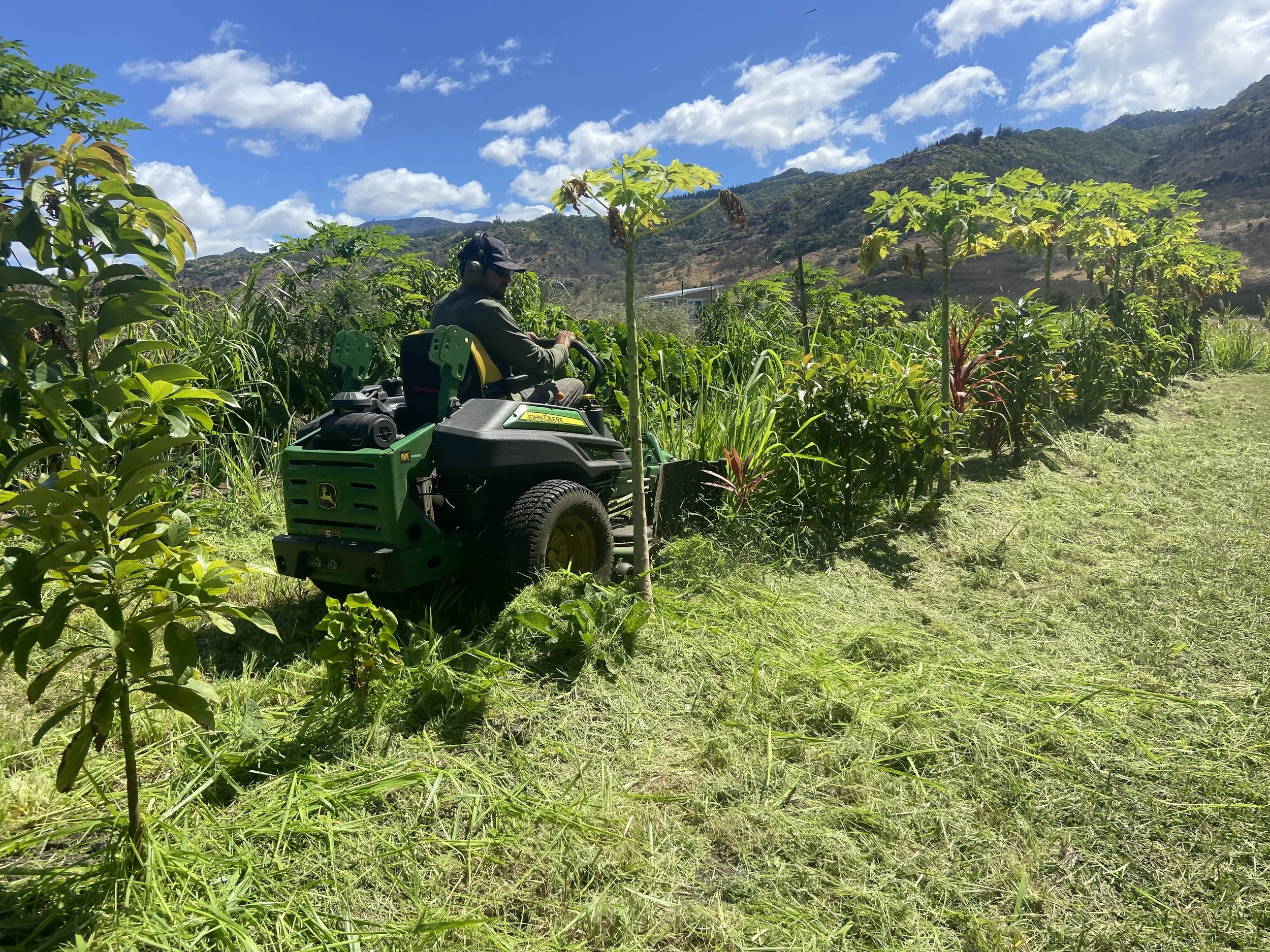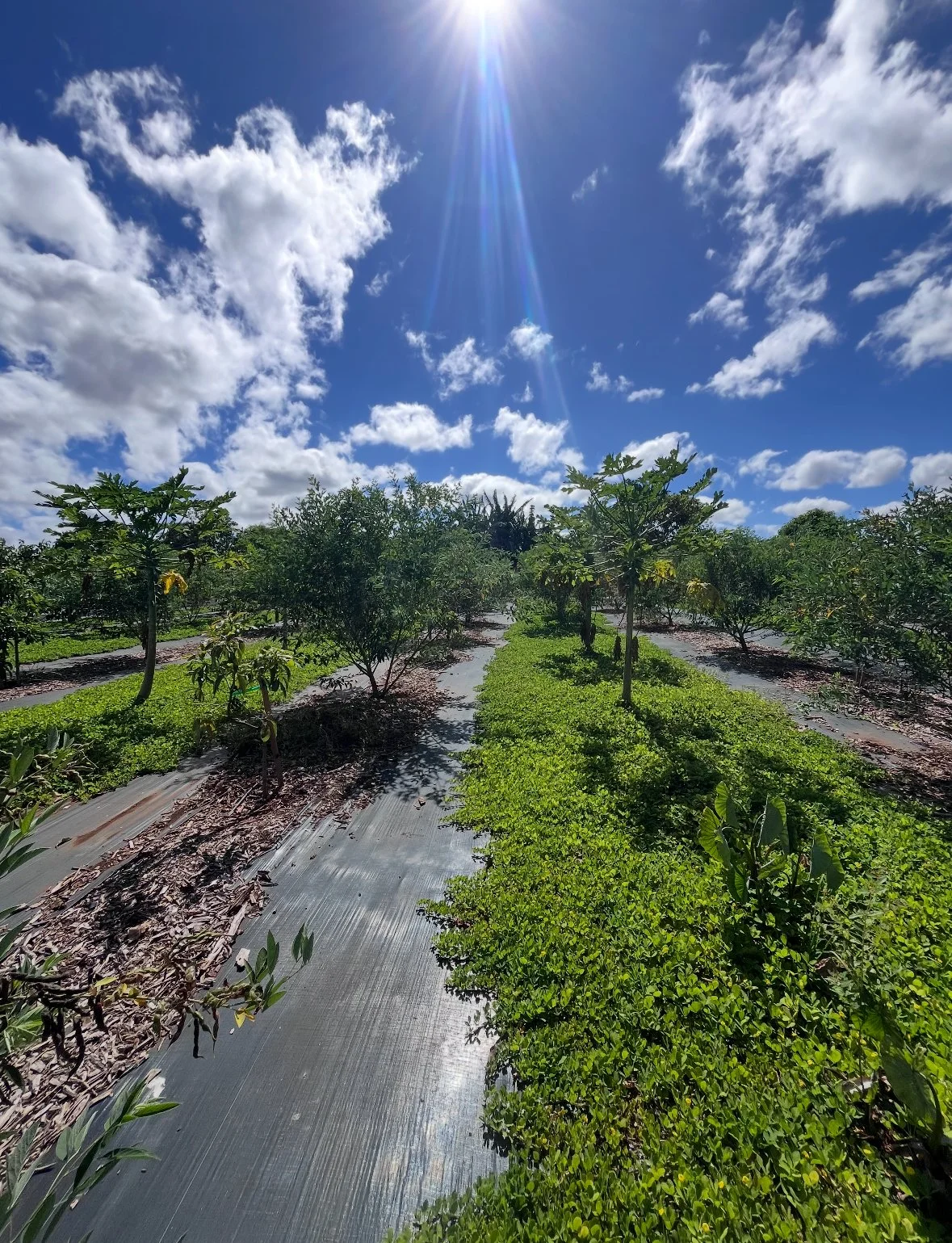Our Annual Crop Nutrient Management & Monitoring Plans are customized for the nutrient and water demands for each of your tree crops and are based on regenerative and natural farming methods for improving crop and soil health and fertility. The plan includes:
Soil lab sample to identify any pH or nutrient deficiencies, the conductivity and nutrient holding capacity of your soil, any build-up of salts (saline or sodic conditions) and if you have enough carbon and nitrogen in your system to fuel soil biology and crop needs to ensure nutrient availability and cycling;
Recommendations for soil amendments and fertilizer applications based on soil and leaf tissue analysis (along with actions to correct any soil health or fertility issues);
Monitoring map of your existing and proposed trees;
Inventory of each tree crop (including the age and size of the trunk diameter & canopy);
Identification of the essential nutrients for each type of tree crop;
Annual fertilizer schedule and application rate (based on the age, size and phonological stage of each tree);
Application methods and equipment.
*Crop Water Demand & Irrigation Schedule and Integrative Pest Management (IPM) strategies can be added to your plan.
Timeline: Post Orchard Installation
Milestones: Farm Management Plan Draft»Review Checklist Completed»Client Approval Confirmed»Irrigation Design Finalized.*
Payment Schedule: A retainer fee is required to begin drafting the Farm Management Plan. Final payment is required before receiving the finalized management plan.












